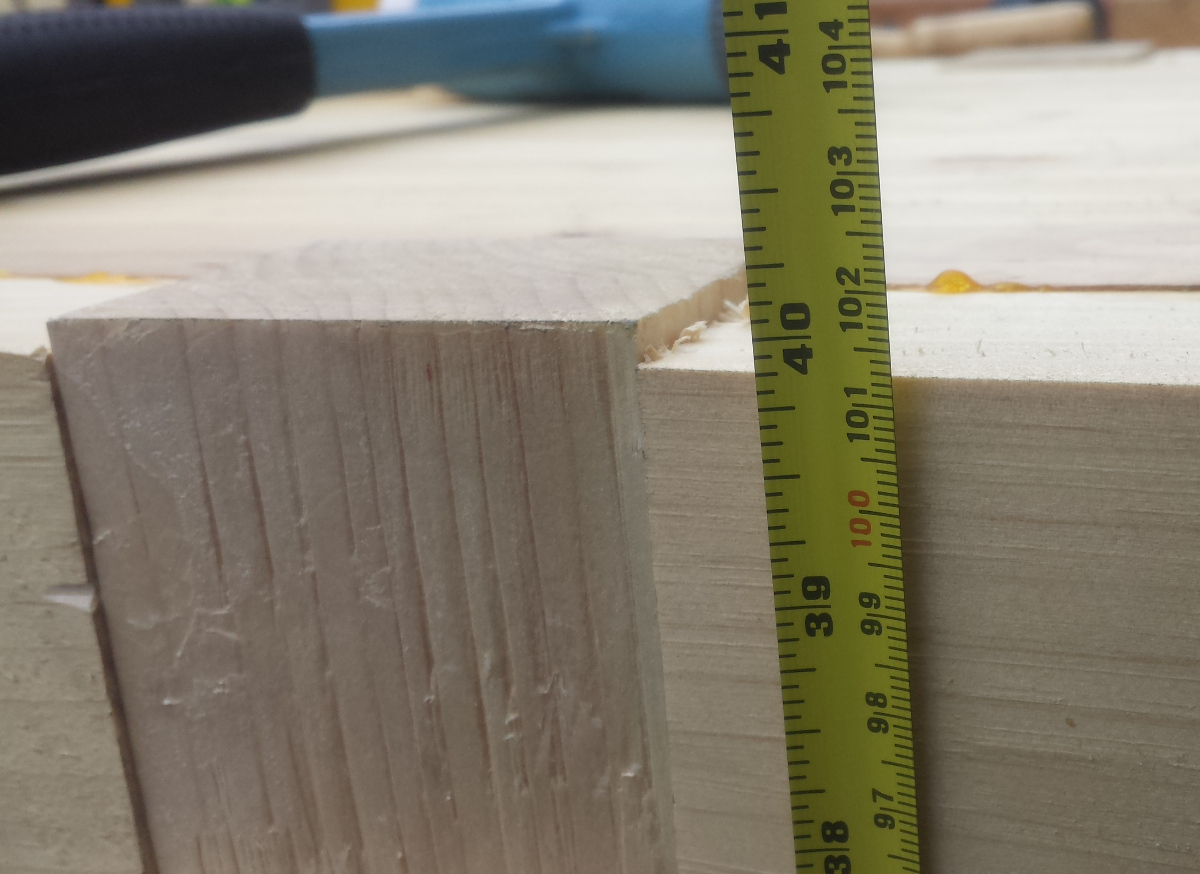DoctorWibble
Established Member
Something I found useful was to try out a few woodwork operations using work surfaces in the house. If nothing else you'll quickly see why chopping veg is easier on a high kitchen worktop but mixing cakes or kneeding dough is much easier on a low kitchen table. Maybe stick a few blocks under the kitchen table to test something in between.
If a bench is your first project don't decide on the leg length until late in the project by which time you'll have a much better idea of what height works best for you.because you will actually have done quite a lot of woodwork.
If a bench is your first project don't decide on the leg length until late in the project by which time you'll have a much better idea of what height works best for you.because you will actually have done quite a lot of woodwork.






